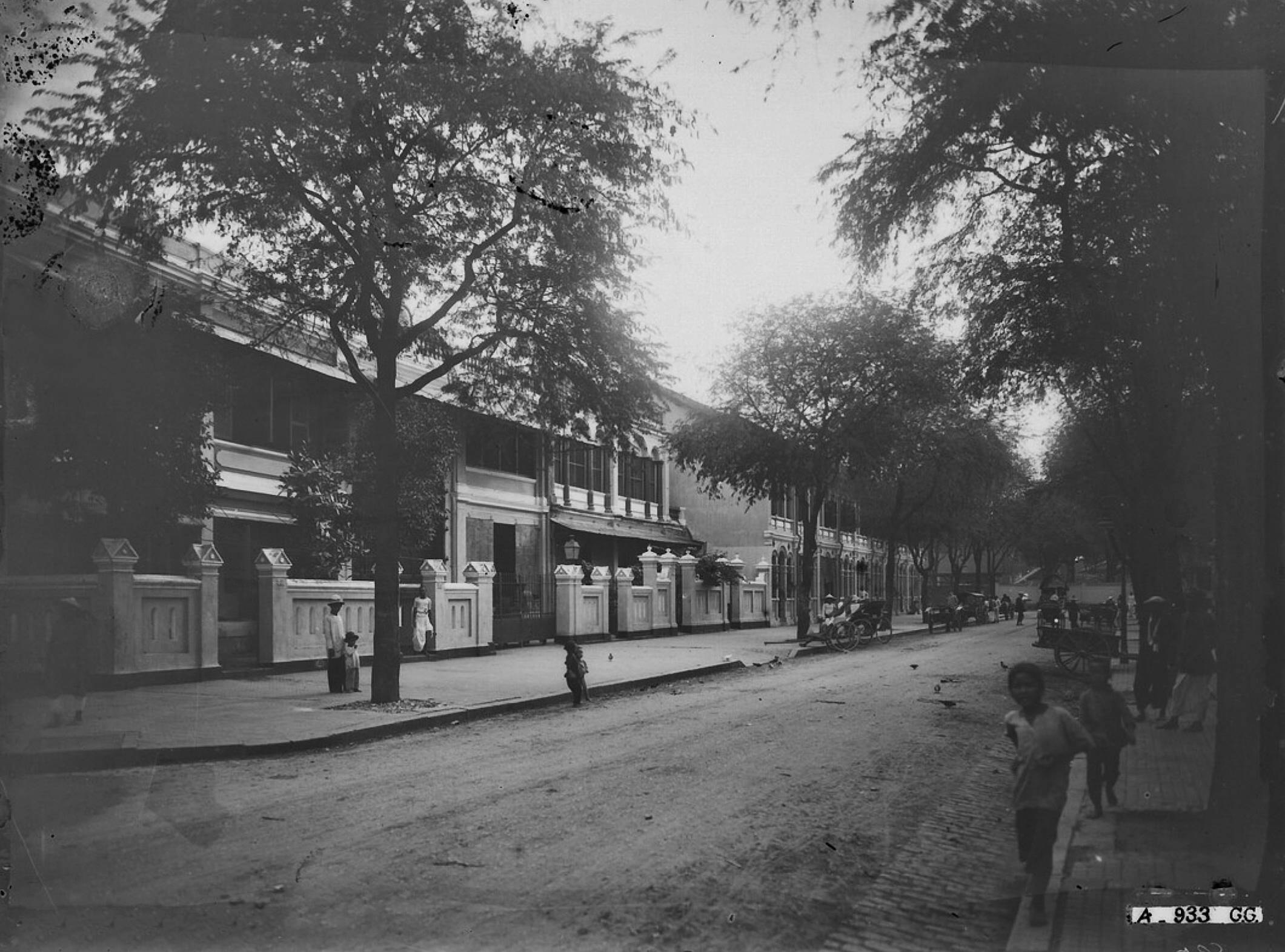
During the colonial period, Tôn Thất Thiệp street was officially known as rue Ohier, but its popular name was “rue des Malabars,” after the large Tamil community which settled here from the 1880s onwards
This article was published previously in Saigoneer.
One of the oldest streets in Saigon, Tôn Thất Thiệp street was known in the early French colonial period firstly as rue No 9 and then from 1863 as rue de l’Église, after Saigon’s ill-fated first Roman Catholic Cathedral, which was built at its junction with boulevard Charner (Nguyễn Huệ).
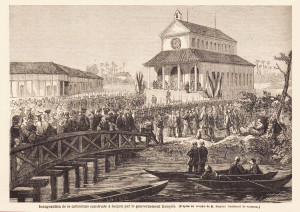
Saigon’s first purpose-built cathedral, the Église Sainte-Marie-Immaculée (Church of Saint Mary of the Immaculate Conception), which once stood at the junction of modern Tôn Thất Thiệp street and Nguyễn Huệ boulevard (now the site of the Sun Wah Tower) – Le Monde Illustré 19 Septembre 1863
Constructed from timber, that first Cathedral had to be demolished in the early 1870s due to termite infestation. As plans got underway to build a replacement brick cathedral on the present site, the future Tôn Thất Thiệp street was rechristened rue Ohier, after Rear Admiral Marie Gustave Hector Ohier, who served as Governor of Cochinchine from 1868 to 1869.
During the 1880s, large numbers of Tamils from the French Indian Settlements of Pondicherry (Puducherry), Karikal and Yanaon began arriving in Saigon, and the rue d’Ohier was gradually transformed into one of the city’s largest communities of “Malabars” or “Chettyars,” many of whom made a living as moneylenders and financiers.
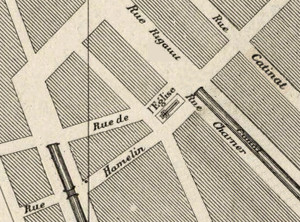
Tôn Thất Thiệp street appears on this 1864 street map as rue de l’Église
By 1890, the rue d’Ohier was known popularly as the “rue des Malabars,” and government directories from that year onward consistently reveal the entire street to be lined with Tamil businesses, mostly banks and moneylending services.
The current Sri Thendayutthapani Temple at 66 Tôn Thất Thiệp dates from the 1920s, but is believed to have been built on the site of an earlier Hindu temple founded in the late 19th century by the earliest Tamil settlers. The Temple Club, housed in an old colonial residence at 29-31 Tôn Thất Thiệp, is said once to have been the temple’s guest house.
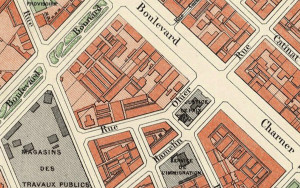
Following the demolition of the first cathedral in the 1870s, the rue de l’Église was renamed rue Ohier; it is shown here on an 1890 street map
After the departure of the French, Saigon’s Tamil businesses continued to make an important contribution to the economic life of the city and the former “rue des Malabars,” renamed Tôn Thất Thiệp street in 1955, continued to be the heart of a vibrant Indian community.
Most of the Tamil community left Saigon before 1975, and the majority of the old colonial shophouse buildings in which they once did business have also been demolished in recent decades.
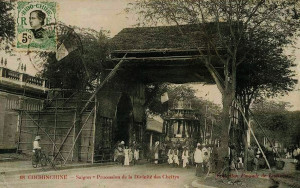
The annual Thaipusam Hindu festival celebrated by the Tamil community, pictured outside the Sri Thendayutthapani Temple
However, those interested in the history of Tamil settlement in Saigon may still pay a worthwhile visit to the Sri Thendayutthapani Temple, which houses the lavishly-decorated festival chariot once used every year by the Tamil community of the “rue des Malabars” to carry their Hindu deity in procession around the streets of Saigon during the Hindu festival of Thaipusam.
Meanwhile, just round the corner in an alley next to 122 Pasteur, is a rather more unusual vestige of Saigon’s former Indian community – the loft where they once kept their pigeons!
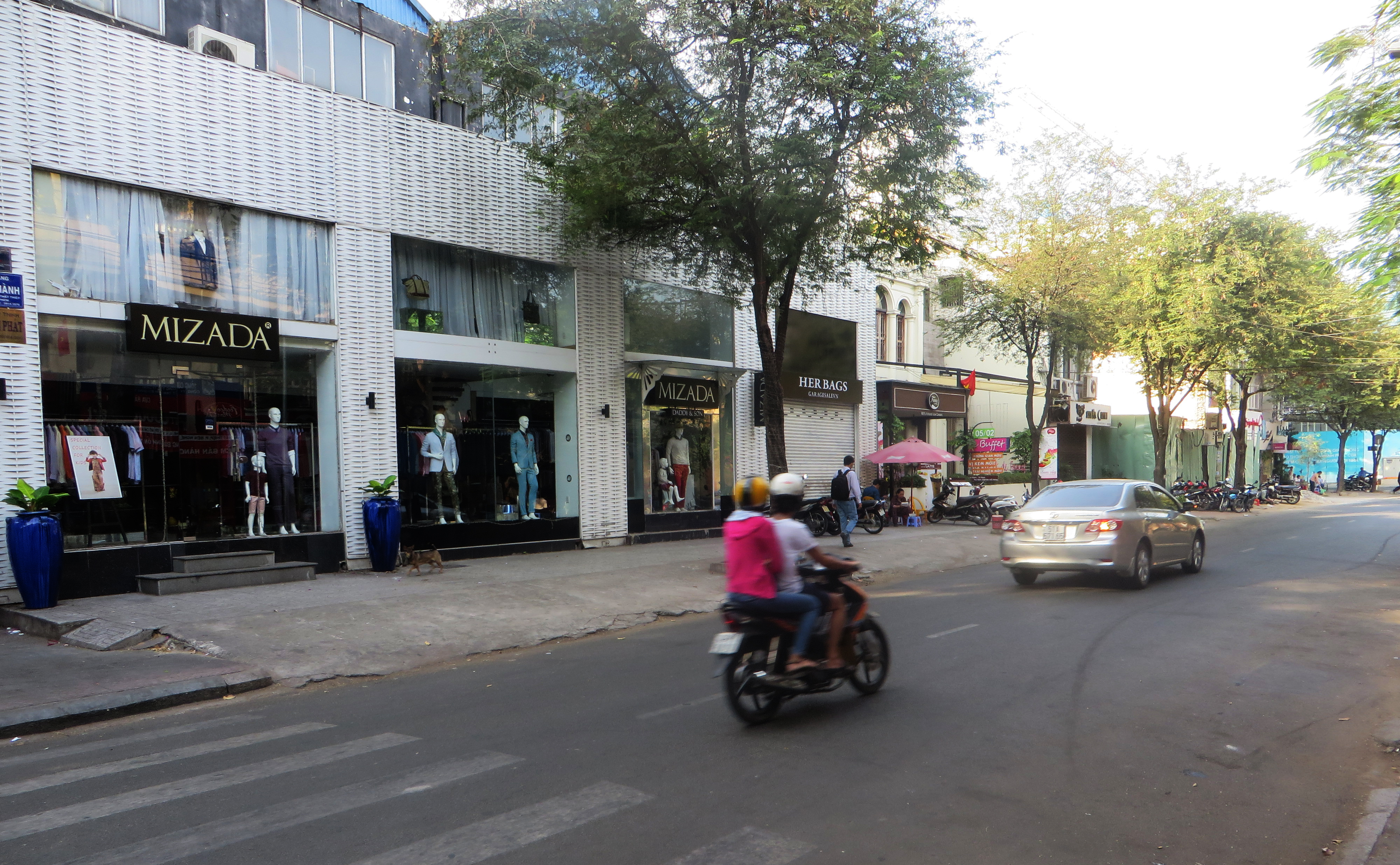
Tôn Thất Thiệp street today
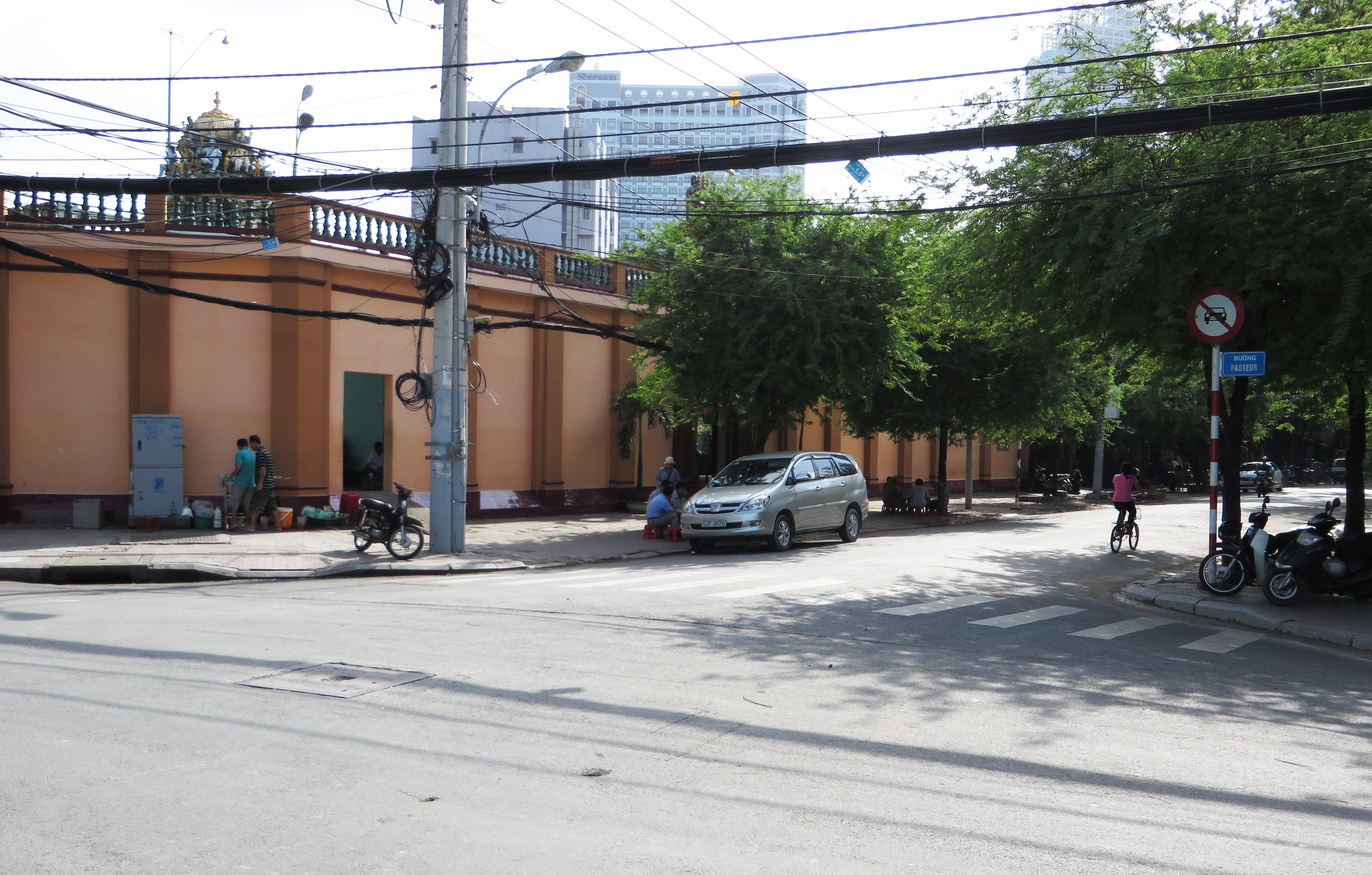
Another view of modern Tôn Thất Thiệp street showing the Sri Thendayutthapani Temple
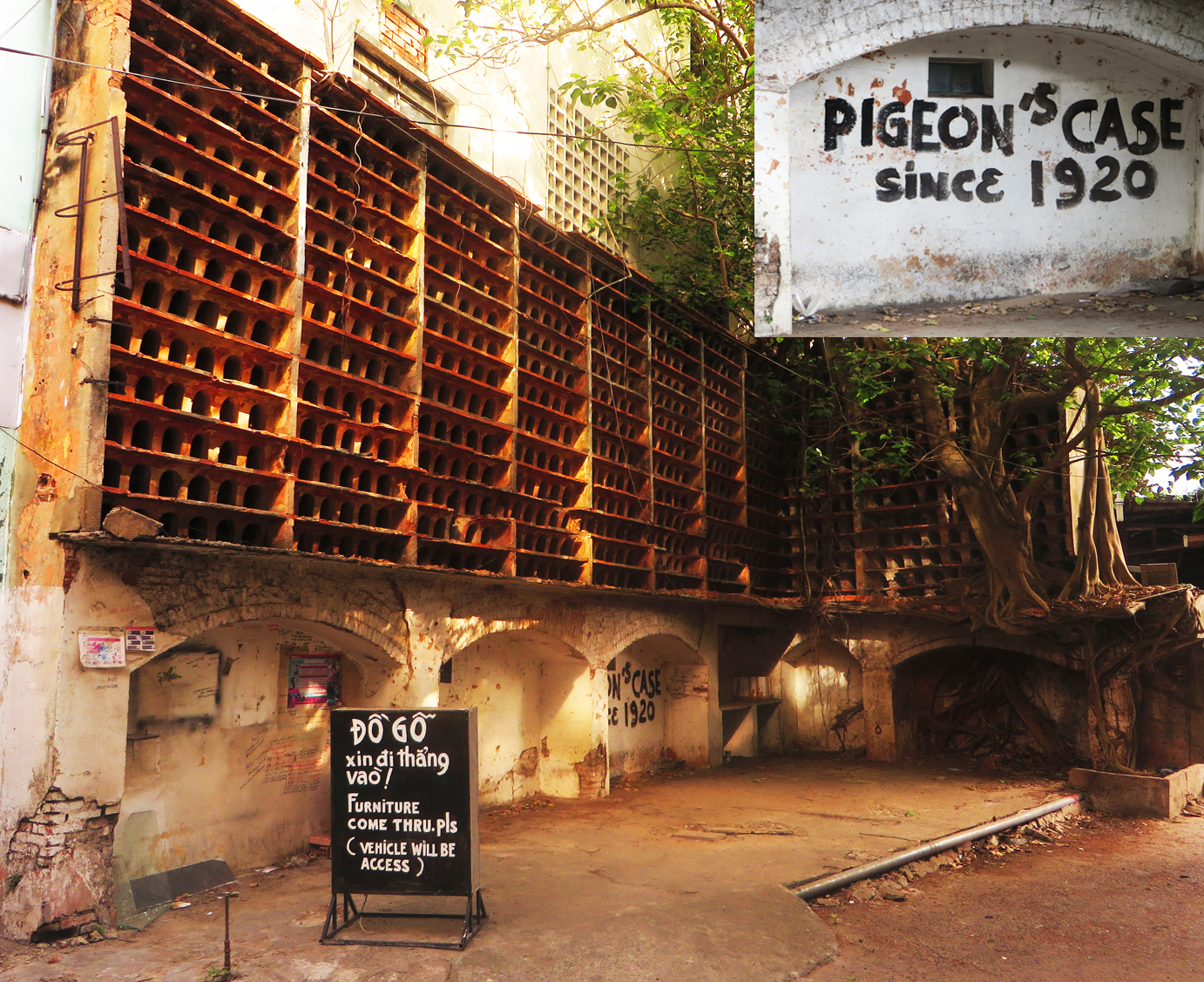
The old loft where members of the Indian community once kept their pigeons
Tim Doling is the author of the guidebook Exploring Saigon-Chợ Lớn – Vanishing heritage of Hồ Chí Minh City (Nhà Xuất Bản Thế Giới, Hà Nội, 2019)
A full index of all Tim’s blog articles since November 2013 is now available here.
Join the Facebook group pages Saigon-Chợ Lớn Then & Now to see historic photographs juxtaposed with new ones taken in the same locations, and Đài Quan sát Di sản Sài Gòn – Saigon Heritage Observatory for up-to-date information on conservation issues in Saigon and Chợ Lớn.

